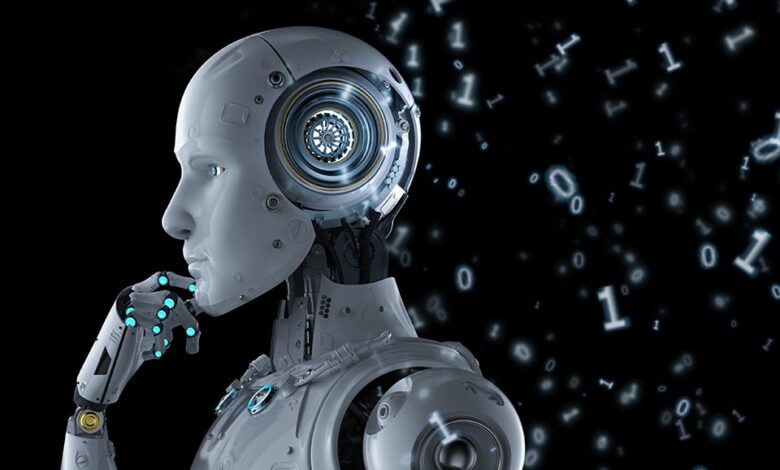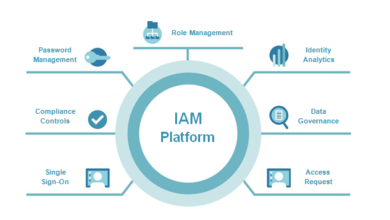Introduction to Robots

Despite how much interest in robots of this sort has generated, real-life robots of this type remain the purview of science fiction. Some people associate it with robots that try to pass for humans, such as those seen in Star Wars, The Terminator, and Star Trek: The Next Generation. Before getting deep knowledge about Robots, You should know about Strong AI vs. Week AI.
However, humans have not yet managed to instill a robot with good ‘common sense for dependable engagement with a fluid environment. Humanoid robots are still in the works, though, thanks to the efforts of Rodney Brooks and his colleagues at the MIT Artificial Intelligence Lab.
Most of the robots you’ll come across are the kind that does unpleasant, risky, monotonous, or downright awful tasks. These robots constitute the vast majority of the artificial intelligence out there. They are used in the aerospace, aviation, healthcare, and industrial sectors. We currently employ more than a million of these types of robots.
The holiday season always sees a restocking of best-selling toys like Teckno, Polly, and AIBO ERS-220. Some robots, like the Mars Rover Sojourner and the future Mars Exploration Rover, enable us to explore difficult locations. At the same time, children of all ages can enjoy other robots for amusement.
And if you think playing with robots is entertaining, wait till you try constructing one. In Being Digital, Nicholas Negroponte recalls a tale about an 8-year-old kid during a broadcast presentation of MITMedia Lab’s LEGO/Logo work at Hennigan School. An eager anchor searching for a sweet sound bite repeatedly asked the kid if he was enjoying himself while playing with LEGO/Logo. The youngster was obviously frustrated, but they didn’t want to anger her, so they tried to put her off first. After three attempts to persuade him to talk about enjoyment, the youngster said, “Yes, but it’s hard fun.”
To begin with, though, what is a robot?
What do you imagine a robot to be? A machine that somewhat resembles you and me? The fact is that robots may come in many different forms and sizes. They don’t need to look like humans. Most don’t. The form a robot takes is determined by its function.
Flying robots could appear like helicopters or have wings like insects or birds. Tiny cleaning robots resemble vacuum cleaners in appearance. Robots frequently incorporate human-like features such as a face, eyes, or mouth to better communicate with humans.
Input/Output/Control Systems (I/O/CS) To begin, a robot’s sensors give it the ability to observe its surroundings. Three main components comprise a robot, regardless of whether it looks human: sensors, actuators, and software. Together, these things make a robot distinct from other devices and appliances you could have around your house, like your computer, washing machine, or toaster.
Light sensors and cameras allow robots to “see,” microphones will enable them to “hear,” and pressure sensors let them “feel” the world around them in much the same way as we do by using our senses of sight, hearing, and touch.
The sorts of sensors a robot needs rely on what the robot was created for. A robot vacuum cleaner’s bumper may use pressure sensors to detect walls. When a robot takes to the air, it relies on a set of sensors known as an inertial measurement unit (IMU) to keep it stable.
Robots utilize a variety of senses, some of which are vastly different from human counterparts. Two, a robot can move because it has actuators. We use our hands to pick up an orange and peel it and our feet to walk and sprint. A robot could employ actuators such as motors and tires to drive locations and finger-like grippers to grab items, manipulate them, or spin them around.
Third, a robot requires software to respond to its environment autonomously. The term “autonomy” is used to describe this kind of independence. Let’s look at this notion of autonomy more closely.
Despite appearances to the contrary, there is no agreed-upon definition of a robot. But there are some qualities that a robot must have, and knowing them might help you determine what is and isn’t a robot. It will also guide your thinking about what components a device must have to be considered a robot.
These are the most fundamental features of a robot:
Sensing your robot’s first requirement is the ability to detect its physical environment. It would achieve this using machine that is comparable to your sensory processing. Your robot will be more aware of its surroundings if you equip it with the following sensors: visual (eyes), tactile (hands), olfactory (nose), acoustic (ears), and gustatory (tongue).
Movement’s vital for a robot to be mobile. A robot must move, whether on wheels, legs, or thrusters. A robot must move completely, like the Sojourner, or partially, like the Canada Arm.
It’s essential to consider your robot’s requirements when deciding how it will obtain its energy. For the robot to function, it must be able to generate its power. A robot might use either solar energy, conventional electricity, or batteries to perform.
Intelligence A robot must have some form of intelligence. A robot’s “intelligence” is the result of the work of a programmer. For the robot to do its tasks, it will need a means of receiving the necessary program. To complete the image is where programming comes in.
The question then arises, “What exactly is a robot?”
Robotics immerses pupils in a problem-solving environment that requires skills across subjects. Simply put, it’s a set of interconnected components—sensors, controllers, manipulators, power sources, and software—designed to carry out a particular function. Physics, mechanical engineering, electrical engineering, structural engineering, mathematics, and computers are necessary for robot design, construction, programming, and testing. Some situations involve biology, medicine, or chemistry.



